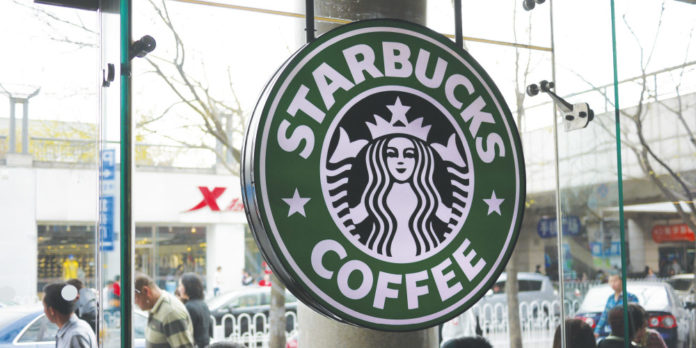Subscriptions and apps could be the ‘secret sauce’ that locks in customers and fights commoditisation, says Nick Shanagher.
Technology companies obsess about selling subscriptions because repeat sales work better than one-off sales. Not only do you get a revenue stream, you also get a locked-in customer.
In wholesale, supply contracts with caterers and marketing agreements with retailers go some way towards locking in business. However, these agreements mostly don’t engage consumers, which is why app-based subscriptions are on every strategist’s action list.
There are several challenges here. Not the least of these is that much of the opportunity to increase profit in a low-margin business comes upstream from big consumer packaged goods (CPG) suppliers, the money from which is threatened by consumer-facing apps and CPG subscription plans.
For example, Just Eat has created value by linking consumers with local shops in a model with incredible network effects. Meanwhile, Unilever has bought Dollar Shave Club, which locks in its customers without a middle-person.
The power of the app/subscription model is brilliantly illustrated in finance writer Alex Eule’s analysis of the success of the Starbucks app in the US. Today, 9% of total orders are placed by customers using the app before they visit a store and more than a third of all Starbucks’ orders are paid for using the app. This compares well to the reported 5.5% of iPhone owners who have used the company’s contactless Apple Pay payment system.
Starbucks’ mobile customers are locked in with a free rewards programme, which it hopes to develop to offer personalised deals triggered by the weather or the time of day.
“The ability to incentivise around specific things that our customers want and that are good for our business becomes the ‘secret sauce’ going forward,” says Matthew Ryan, global chief strategy officer at Starbucks.
A ‘secret sauce’ that makes it convenient for customers to order and reorder and that allows the network owner to suggest additional purchases is the nirvana that technology companies and wholesalers seek. However, there is an assumption that it will scale to 100% of customers, which may not be the case – it could max out at 10% or, as in the case of Apple Pay, half that.
The other problem that subscriptions may address is the commoditisation of brands that underpins the discounter business model.
LinkedIn product manager Rohan Rajiv argues that the CPG business model was broken long ago by the internet because consumers had access to more product information, as well as the unlimited shelf space that comes with e-commerce.
Previously, a big petfood maker could buy up all the best retail space. Today, an online petfood retailer can offer a similar product at vastly reduced prices without having to pay the intermediary party.
The formula for building a successful e-commerce operation is the opposite of the CPG model of advertising lots and buying up all the best shelf space, Rajiv argues. “First, sell direct to consumers online and cut out all middle-people and costs,” he writes. “Second, choose to either build a brand using smart digital advertising or build a subscription-based relationship.”
His example is Brandless, a start-up that can promise customers the big-brand product experience at a 40% discount as it does not pay the ‘middle-people’ costs.
Brandless co-founder Tina Sharkey argues that most CPG companies don’t have any relationships with consumers, but the internet makes it possible for them to know the maker, which will take business away from the bricks-and-mortar outlets that wholesalers serve.
At this point, every wholesaler can expect to see disruption. The best strategy has to be to focus on helping those foodservice operators and retailers that have the potential to lock in customers to do a better job of growing and keeping those customers. Use this idea to test the value of your app or subscription offer.








